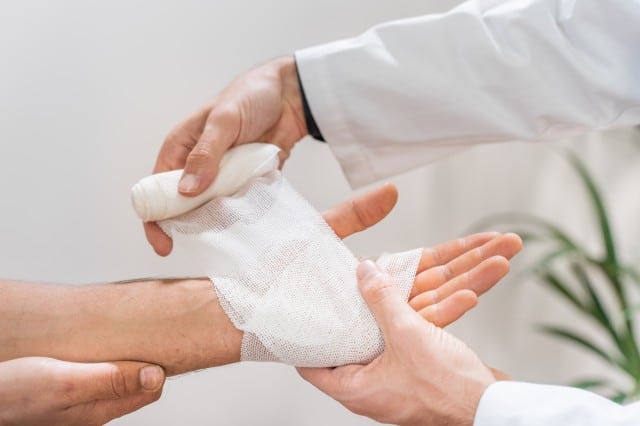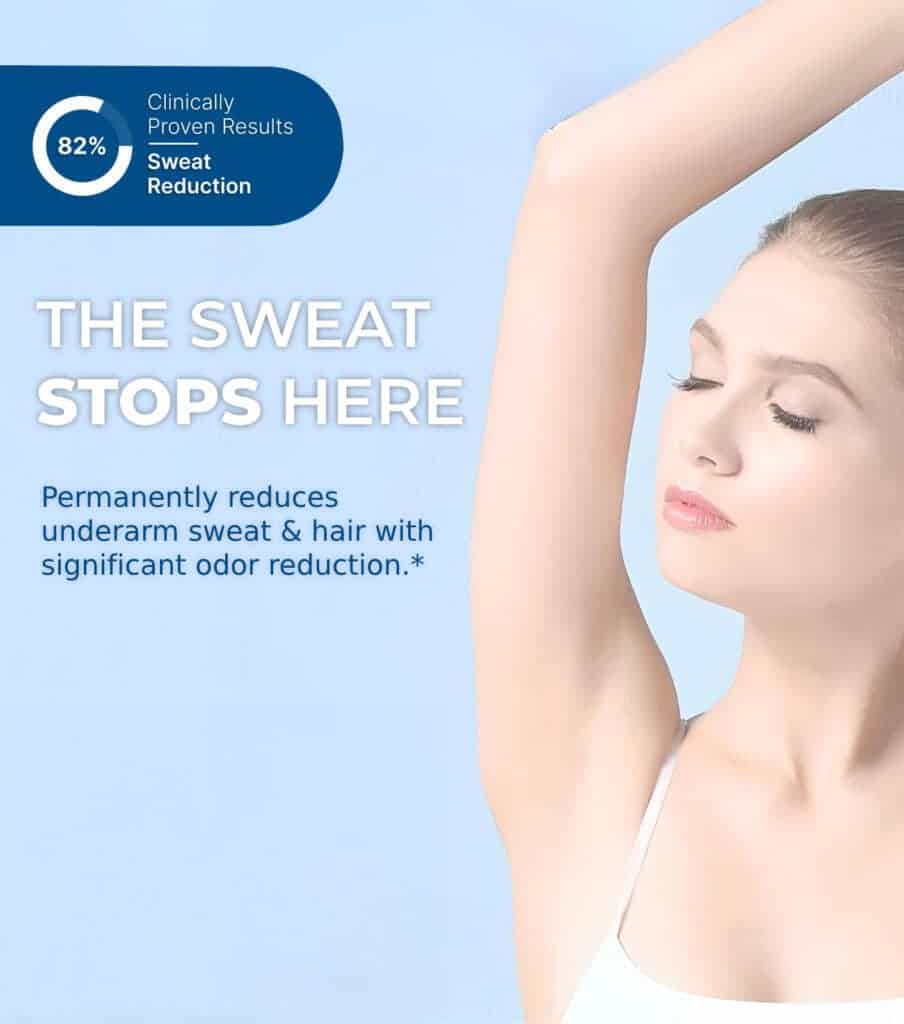
Living with non‑healing leg wounds due to chronic venous insufficiency can be painful, embarrassing, and emotionally draining, especially in a warm, tropical environment like Honolulu. We understand how these venous wounds can impact your mobility, self‑confidence, and quality of life. That’s why our team combines time‑tested methods like compression and elevation with advanced wound dressings, antimicrobial care, and personalized lifestyle strategies to promote faster healing and prevent recurrence.
If you’re ready to take control of your venous wounds and walk with greater comfort and confidence, you’ve found the right partner.
What Are Venous Wounds and Why Do They Matter?
Venous wounds—also called venous leg ulcers—occur when damaged veins in the lower legs fail to circulate blood properly, leading to fluid buildup, skin breakdown, and open sores. These wounds most often develop around the ankle and can linger for weeks, months, or even years without treatment.
Because of their chronic nature, venous wounds cause constant pain, drainage, and skin irritation. When left untreated, they can lead to cellulitis, bone infections, or even significant mobility limitations.
The Foundation of Venous Wound Healing
A randomized trial showed that early endovenous ablation of superficial venous reflux was associated with a shorter time to healing of venous leg ulcers than compression therapy alone.
1. Compression Therapy
Compression is the gold standard for venous wound care—it reduces swelling, promotes healthy blood flow, and accelerates healing.
- Elastic compression bandages or stockings (30–44 mmHg) are most effective and are typically worn daily.
- Multilayer systems applied in-office may offer increased support for more severe wounds.
- Unna boots (zinc oxide-moistened bandages) provide inelastic compression—helpful, but less optimal unless combined with elastic layers.
Proper application—ensuring a good fit without cutting off circulation—is key and should be performed by trained professionals.
2. Debridement & Wound Bed Preparation
Cleaning out dead tissue and debris (debridement) is essential to help wounds heal. This can be done surgically, enzymatically, or biologically (e.g., maggot therapy). By preparing a clean wound bed, your skin can more efficiently form new tissue.
3. Leg Elevation
Raising your legs above heart level several times daily greatly helps with fluid drainage, reducing pressure, and supporting healing. Just 30 minutes, 3–4 times each day, can make a significant difference.
4. Smart Dressing Choices
Maintaining the right moisture balance and protection is vital for wound healing.
- Moisture-retaining dressings like hydrocolloids, hydrogels, alginates, and foam dressings help with cell growth and prevent tissue dryness.
- Antimicrobial dressings (silver or iodine-infused) are recommended if infection is suspected.
- Negative-pressure wound therapy (NPWT)—also known as vacuum-assisted closure—removes excess fluid and encourages rapid tissue growth in more complex wounds.
- Hydrofiber dressings absorb large volumes of fluid, ideal for leaking wounds.
No single dressing works best for all patients—you’ll get tailored recommendations based on wound conditions and healing needs.
Lifestyle & Supportive Treatments for Long-Term Healing
- Daily movement: Gentle exercises like walking activate calf muscles and boost circulation.
- Skin care: Keep the surrounding skin clean, moisturized, and protected to avoid breaks.
- Nutrition and hydration: Proper diet, protein intake, and hydration support healthy skin renewal.
- Manage contributing conditions: Control blood sugar, quit smoking, reduce weight, and treat varicose veins or blood clots.
- Pneumatic compression devices: For individuals unable to wear traditional compression, these machines offer alternative support.
What to Do if Wounds Don’t Heal?
- Medications like pentoxifylline and aspirin—when combined with compression—have been shown to improve healing rates.
- Antibiotics are reserved for infected wounds or cellulitis; topical antiseptics like povidone-iodine or cadexomer iodine may help bacterial control.
- Advanced therapies, including NPWT or oxygen-based treatments, can be introduced for stubborn ulcers.
- Referral to a vascular specialist for ultrasounds and possible surgical intervention is recommended for non-healing wounds.
- Surgical options—such as vein ablation, phlebectomy, and skin grafts—help address both the ulcer and its venous root cause.
Why Vein & Skin Center of Hawaii Excels in Venous Wound Care
- Comprehensive, evidence-based care: We follow best practice guidelines—from debridement and compression to smart dressings and lifestyle support.
- Specialized expertise: Our team is highly trained in advanced wound therapies, including NPWT and antimicrobial strategies.
- Personalized approach: Each treatment plan is tailored to your wound, lifestyle, comfort, and healing goals.
- Local-friendly care: We understand Honolulu’s climate and lifestyle, helping you manage wounds effectively under tropical conditions.
- Coordination of care: If you need vascular surgery, skin grafting, or other advanced interventions, we’ll guide your path and coordinate with specialists.
You Deserve Healing—Start with Vein & Skin Center of Hawaii
Venous wounds don’t have to define your life. With the right combination of compression, dressings, lifestyle changes, and expert management, healing and comfort are within reach. If your leg wounds haven’t responded to basic care, or you’re looking for a proven, compassionate team to partner with, Vein & Skin Center of Hawaii is here.
Schedule your venous wound care consultation today and take the first step toward faster healing, renewed confidence, and freedom to enjoy island life, carefree and pain-free.
Frequently Asked Questions (FAQ)
How often should my wound dressing be changed?
Dressings are typically changed 1–3 times weekly, depending on drainage and wound condition. Your provider will recommend the best frequency.
Can I handle dressing changes at home?
Yes—under supervision, many patients learn to change their own dressings. However, compression bandage application should remain under professional care.
Is compression therapy really necessary?
Yes—it’s the cornerstone of venous wound care. Compression significantly improves healing rates and reduces recurrence risk.
What if my wound becomes infected?
Signs of infection include redness, increased odor, swelling, or fever. In such cases, topical or oral antibiotics—or antiseptics—may be needed.
When should I consider surgery?
If a wound hasn’t healed in 3–6 months despite proper wound care, we’ll guide you toward vascular evaluation—vein ablation, phlebectomy, or skin grafts may be recommended.
